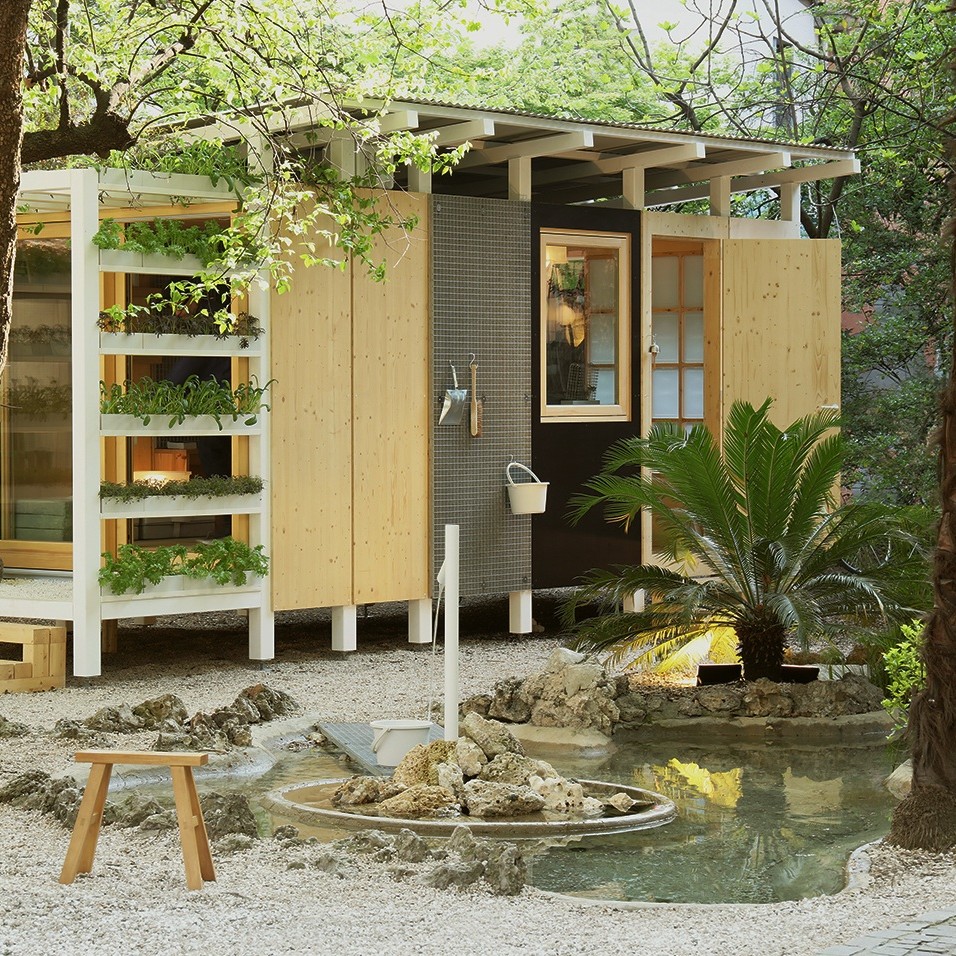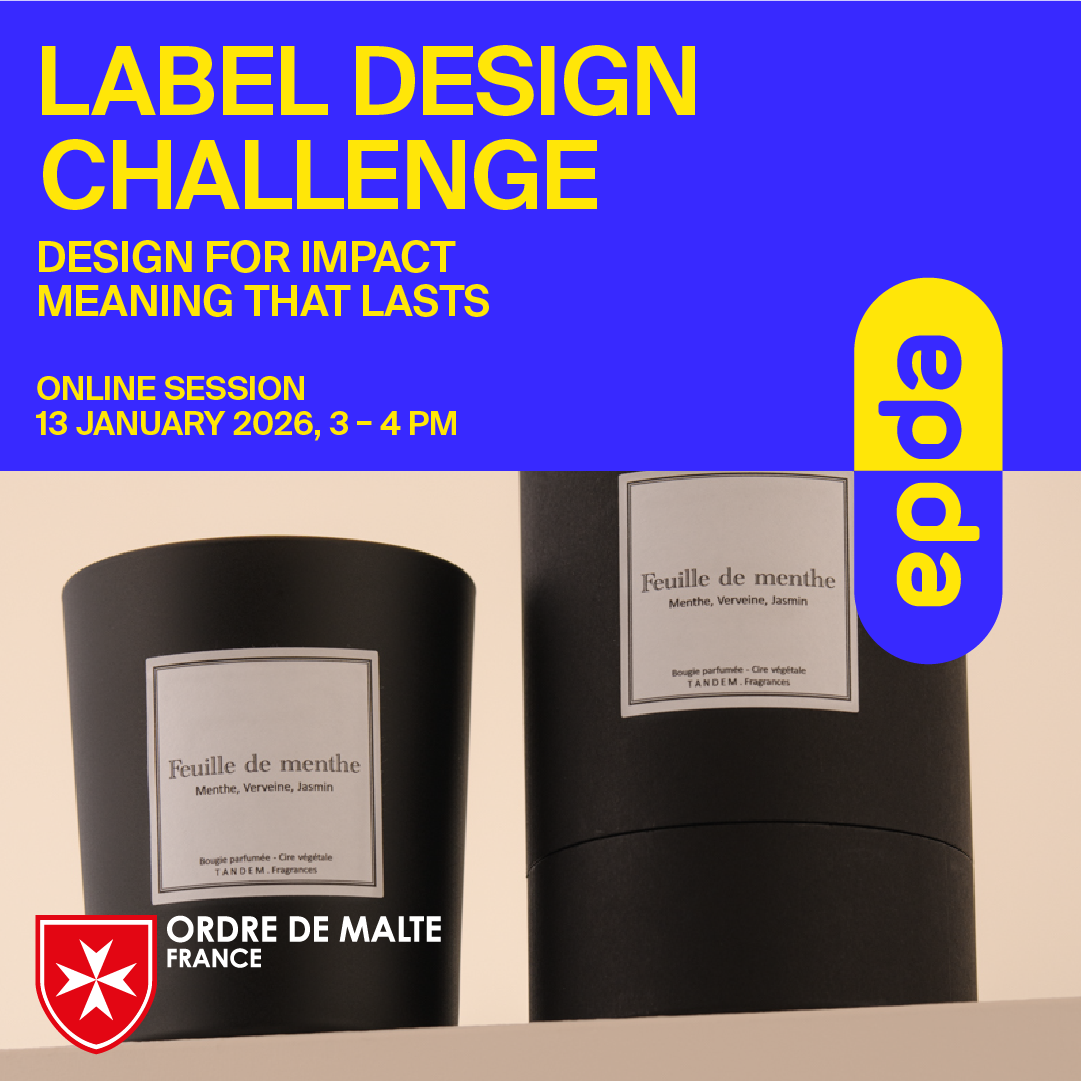How Brands are Reinventing the Most Familiar Packaging Conventions
With new innovations in both material and product design, some brands are breaking away from long-held conventions and reinventing familiar packaging.
Some products seem to have always been packaged in acertain way. It’s hard to imagine buying a new pair of shoes without themcoming in a cardboard box or picking up milk that isn’t in a bottle or carton.
There’s an element of ‘if it’s not broke, then don’t fixit’ to these packaging conventions. These shape and structural choices areoften efficient and practical when it comes to protecting, transporting andstoring the specific product.
However, the downside of established design principles isthat they can become restrictive. Brands and packaging designers often defaultto what is expected of them which can stifle creativity and improvement.
But now with new innovations in both material and productdesign, some brands are breaking away from these long-held conventions andreinventing familiar packaging.

No more shoeboxes
Sustainable shoe company Ales Grey recently partneredwith material company Sway to do away with the cardboard shoe box. Althoughstandard shoe boxes are recyclable, they are often transported in a second boxfor protection which makes for double the waste, as well as increased weight.
Sway has helped Ales Grey replace all of that cardboardby packaging the shoes in a compostable pouch that is made of seaweed. Thepackaging is visually arresting and allows consumers to see the packaged shoes,as well as protecting them against marks.
Material developments like this allow brands to be moreinventive with their packaging design and to literally ‘think outside the box’.

Shifting to sheet format
In a similar vein, newly launched German brand Mililk isreimagining the way that plant milk is packaged. It is doing away with cartonsby printing oats into a solid sheet format. The customer simply adds the sheetto a blender with water to create barista quality oat milk. This gives theconsumer control over how much milk they want to make – depending on how muchof a sheet they use – which reduces potential food waste.
It also means that 10 litres worth of oat milk can beshipped within a single package, which can fit through a letterbox and takes upless in-home storage space. Removing the water means most of the weightinvolved in shipping the product is removed, reducing the environmental impact.
Persil is also trialling a shift to a sheet format in abid to cut down the amount of water shipped in its products. Laundry detergenttypically comes in a liquid or gel format and requires a container made out ofa material like plastic to transport it.
The brand’s new Laundry Detergent Sheets dissolve withinthe washing machine to provide the same cleaning performance without the needfor additional water. This means the packaging can be changed to be smaller,lighter and made of more sustainable materials.
In the UK, the Laundry Detergent Sheets launchedexclusively on Amazon, which makes sense given that the lighter water-freeoption is an ideal fit for e-commerce.
As innovative companies disrupt the way we think aboutcertain goods, such as the removal of water, the opportunity to change how wepackage everyday items increases.


